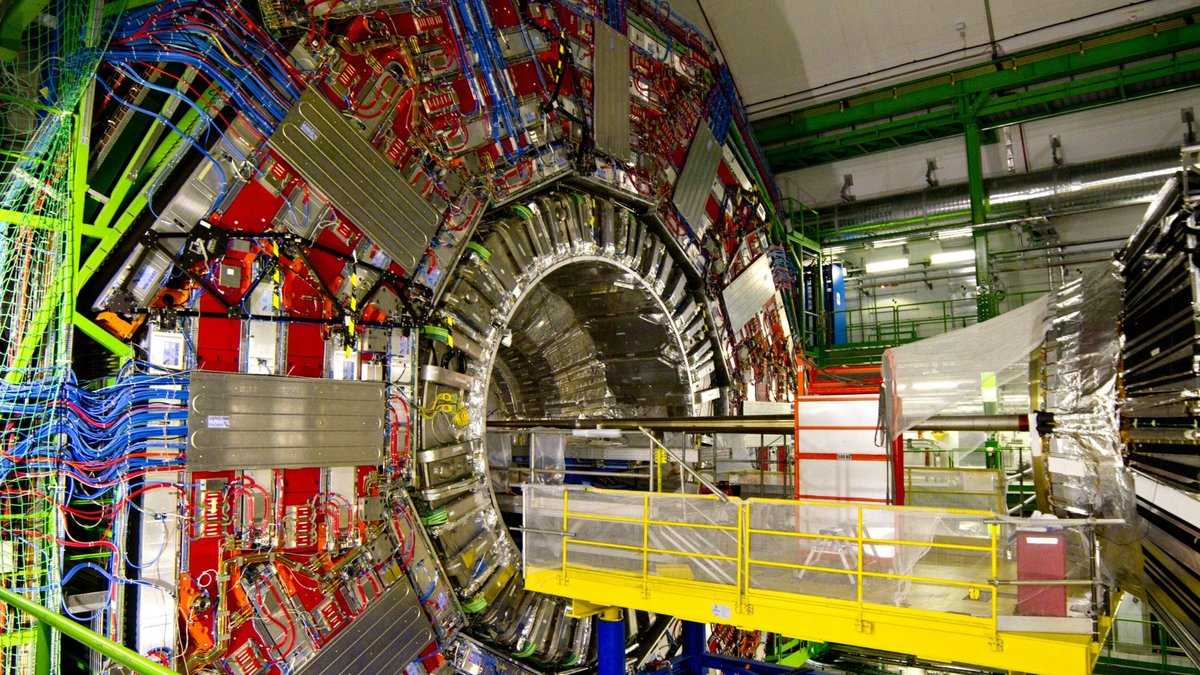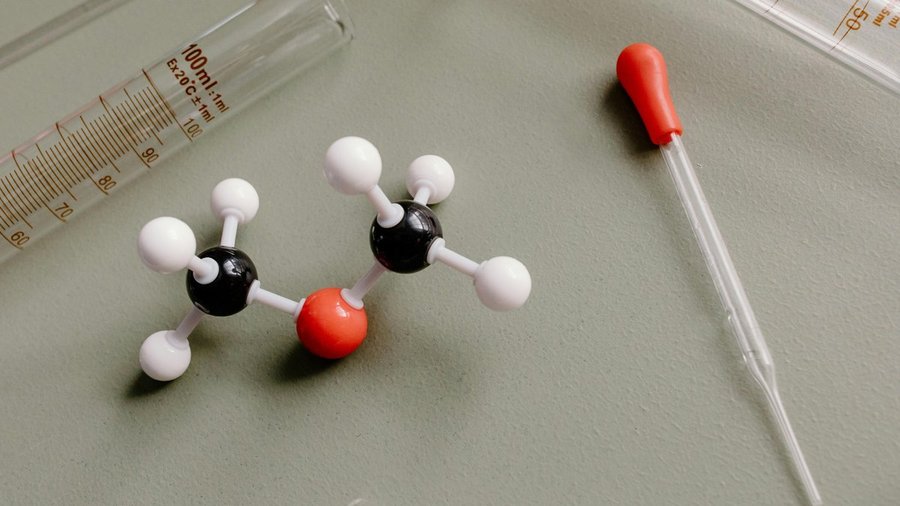Science
Breakthrough Discovery: New Antibiotic 100x Stronger Than Superbugs
08 December 2025

Can energy be extracted from a black hole to create a black hole bomb? Scientists at the University of Southampton set out to investigate. They built the first-ever laboratory device that replicates this extraordinary phenomenon. The result? A miniature explosion and a significant step toward a better understanding of the Universe's nature.
Black holes are among the most extreme objects in the Universe. They have long fascinated not only astrophysicists but also amateur space observers. They are unimaginably dense and possess such a strong gravitational field that not even light can escape. But what if energy could be extracted from them? Theoretically, it’s possible. For years, physicists have considered the idea of a “black hole bomb,” a device that could harness the rotational energy of these cosmic giants and convert it into a massive energetic charge. Until now, this was purely a concept – until now.
A team led by Professor Hendrik Ulbricht from the University of Southampton decided to realize this concept in the laboratory. The scientists, of course, did not create a real black hole. Instead, they used a rotating metal cylinder. Why this particular object? The answer is surprisingly simple. Physicists wanted to build a laboratory version of a black hole bomb, but for obvious reasons, they didn’t have access to a real black hole. They needed an object that behaved similarly: it rotates, absorbs waves, and can amplify their energy. And that’s exactly what the metal cylinder was.
You may also be interested in: UAP: The New Era of Unidentified Aerial Phenomena – Why the Shift from UFOs?
What is the entire mechanism based on? The answer lies in the phenomenon of superradiance. As early as the 1970s, British physicist Roger Penrose noted that a rotating black hole can transfer some of its energy to particles or radiation. This occurs in a zone around it called the ergosphere, where the curvature of spacetime is so strong that everything is pulled into a vortex.
Penrose showed that within the ergosphere, a particle can split. One part falls into the black hole, taking negative energy with it, while the other escapes with an additional “energy boost.” The black hole then loses some of its rotational energy. An outside observer sees the particle suddenly accelerate and seemingly gain energy. Based on this, Soviet physicist Yakov Zel’dovich suggested in 1971 that a similar effect should also occur with other objects, such as rotating metal cylinders. They only need to absorb electromagnetic radiation and rotate faster than the “phase” of the incoming wave.
“If this condition is met, the absorption coefficient of the cylinder changes sign, amplifying the radiation,” explains Maria Chiara Braidotti from the University of Glasgow, co-author of the experiment.

The Southampton team decided to test this in practice. In the laboratory, they designed and built a simple setup: a metal cylinder, an induction motor, several coils, and capacitors. The entire setup was designed to mimic the operating mechanism of a black hole. The coils generated an electromagnetic field inside the cylinder while also reflecting waves.
“The biggest difficulty was that things kept blowing up,” recalls Marion Cromb, a team member.
When the current became too strong, resistors in the circuit would burn out and destroy the system. When everything finally worked, the effect was spectacular: the voltage began to increase exponentially, exactly as predicted by theory.
The energy released was ridiculously small, only a millijoule, roughly the amount needed to press a key on a keyboard. However, the mere fact that this effect was successfully recorded is of immense importance. This is the first ever experimental demonstration of electromagnetic superradiance. It is also the first step toward practically investigating how a black hole bomb might truly work.
In the next stage, the researchers decided to go further. They wondered if it would be possible to amplify signals not only from the electromagnetic field but also from the vacuum itself. According to theory, quantum fluctuations constantly occur in empty space. These are momentary, spontaneous changes in energy within the vacuum. Even in complete emptiness, particles and antiparticles can appear for a fraction of a second and immediately disappear. Although usually undetectable, appropriate conditions could amplify them.
The experiment was conducted at room temperature, so the signal from the vacuum was drowned out by thermal fluctuations. Nevertheless, the team observed that a sufficiently fast-rotating cylinder could itself generate electromagnetic waves. This phenomenon may indicate the operation of the Zel’dovich effect even without external radiation, meaning conditions where a black hole bomb operates due to the vacuum itself.
The discovery has not only theoretical significance. Scientists point out that superradiance could be key to detecting so-called exotic particles, such as axions, which are candidates for dark matter. Such particles could orbit black holes and “suck” rotational energy from them, amplifying gravitational or electromagnetic waves.
And thanks to the new experiment, scientists have gained a tool that allows them to study these phenomena in much more controlled conditions than outer space. If the black hole bomb worked in the laboratory, it could serve as a model for further experiments in astrophysics and particle physics.
Ulbricht plans further research stages, this time in the quantum version. The scientist wants to check whether it is possible to spontaneously generate electromagnetic waves solely from the vacuum. If so, perhaps one day it will be possible to develop technology to harness energy from the void of space.
“Many physicists believe that all simple experiments have already been done. We have shown that this is not true. You can still derive new, revolutionary conclusions from simple things,” says Ulbricht in an interview with Scientific American.
Who knows, perhaps the black hole bomb will become the first step toward an inexhaustible, clean energy source. For now, however, we are certain that physics can still surprise us. Even with the help of a few coils and a rotating piece of metal.